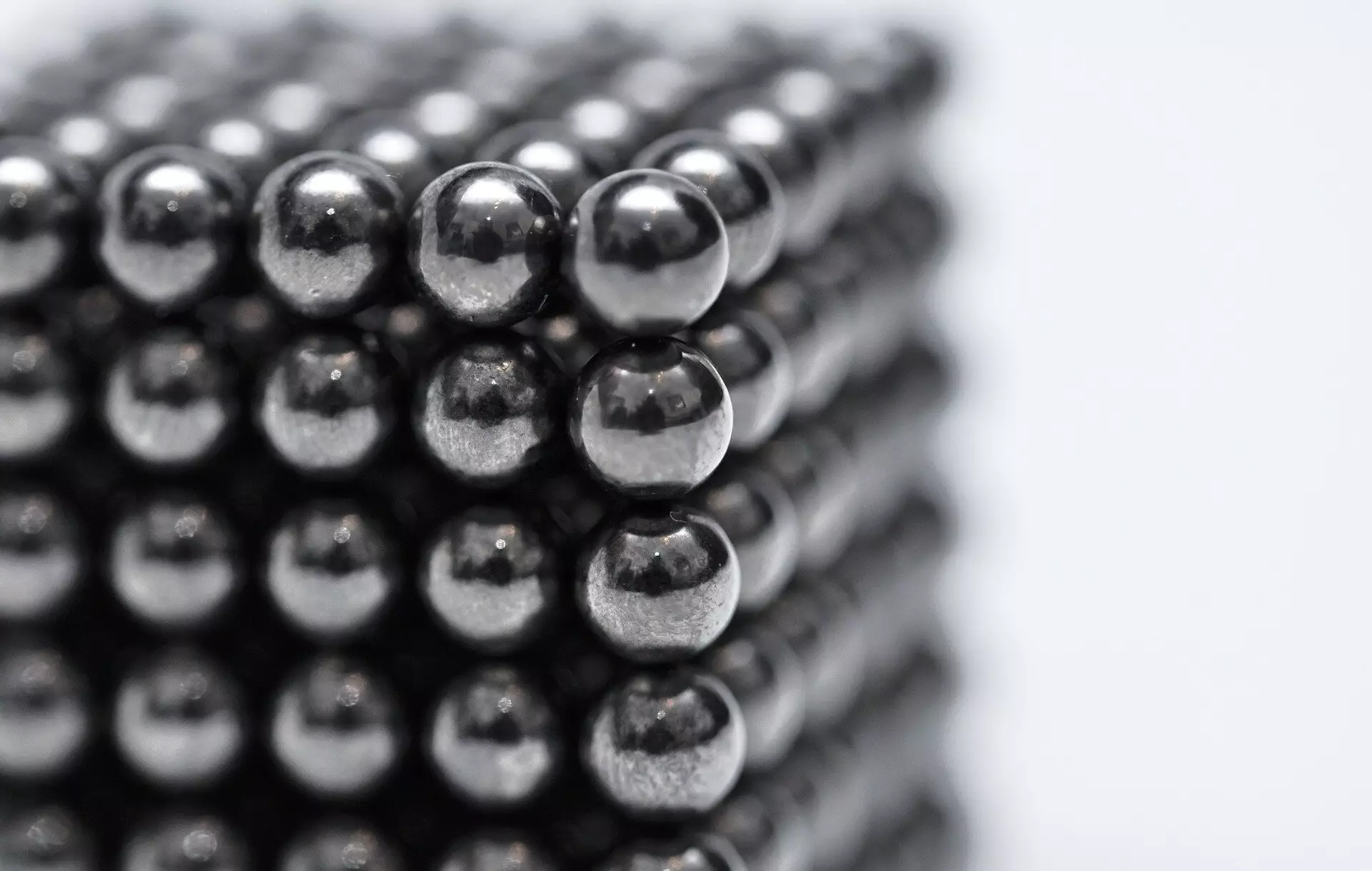Europe’s supply-chain vulnerabilities have become a pressing concern as geostrategic challenges highlight the reliance on individual non-EU countries for critical raw materials. To tackle this issue, Dr. Arne Petter Ratvik, a metals expert at SINTEF, a Norwegian research organization, has proposed an innovative solution. By extracting raw materials from ordinary fertilizer production, Ratvik believes Europe can reduce its dependency on external sources and strengthen its supply chain for industries such as auto, computer, electronics, and energy. This article delves into Ratvik’s research and explores another project led by Dr. Jewellord Nem Singh, examining the geopolitical implications of rare earths.
Raw materials like rare earths, crucial components of high-tech goods such as smartphones and wind turbines, can be sourced from fertilizers, according to Ratvik’s research project, called SecREEts. With EU funding, the project aimed to enhance European supplies of rare earths by extracting them during the fertilizer-manufacturing process. Ratvik’s team developed an integrated extraction process within the existing fertilizer production process to separate and recover rare earth elements. By leveraging European fertilizer production, the technique has the potential to fulfill 5% to 10% of Europe’s demand for key rare earths needed for the green-energy transition.
China currently possesses significant control over critical raw materials, refining all the rare earths used in permanent magnets worldwide. This dominance poses significant risks for European industries heavily reliant on these materials. Alarmed by this vulnerability, the European Commission proposed setting EU targets for the extraction, processing, and recycling of critical raw materials, including rare earths. Ratvik’s research on utilizing fertilizer to extract rare earths is a step towards reducing Europe’s dependence on China. By diversifying the supply chain, Europe can mitigate risks and secure its access to essential raw materials.
Ratvik’s integrated extraction process proved successful in recovering rare earths from phosphate rocks, the primary ingredient in fertilizer production. Phosphate rocks typically contain between 0.3% and 1% rare earths, which are currently overlooked and have no added value. Implementing an additional precipitation step, the SecREEts team was able to remove rare earths from the fertilizer production stream. The extracted rare earths were then further processed and sent to magnet producers in Germany and the UK, resulting in the creation of powerful, high-performance magnets.
While Ratvik contemplates scaling up the SecREEts extraction method and addresses potential obstacles tied to phosphate rock suppliers like Russia and Ukraine, another researcher, Dr. Jewellord Nem Singh, examines how selected Asian countries and the EU grapple with supply-chain vulnerabilities. Nem Singh’s project, called GRIP-ARM, focuses on the geopolitical implications of rare earths and aims to secure the EU’s future supplies while minimizing socio-environmental costs.
China’s economic advantage in the rare earths sector arises from its control over approximately 60% of global reserves, extensive extraction and processing capabilities, and the creation of long supply chains. The country’s investments in refining, separation, and processing technologies since the 1970s have propelled it to the forefront of rare earth production. Despite its dominance, China still relies on other countries for advanced versions of certain products, such as permanent magnets. Nem Singh highlights that China’s focus is on completing the entire supply chain, from extraction to the manufacturing of high-tech goods.
Recognizing the strategic partnership and competition with China, the EU must strike a delicate balance. Nem Singh emphasizes the need to build a relationship with China that aligns with the EU’s interests, implying that cooperation can coexist with competition. For instance, Germany’s endeavors to expand semiconductor manufacturing with EU support aim to reduce reliance on Chinese suppliers. However, German carmakers still require access to critical Chinese minerals. The fundamental question for the EU is whether it can exclude China from key parts of the supply chain while maintaining its core technologies.
Reducing vulnerabilities in Europe’s supply chain is crucial for its technological and industrial advancement. Ratvik’s research on extracting raw materials from fertilizer presents a promising avenue for diversification. By decreasing reliance on countries with dominant control over critical raw materials, Europe can enhance its resilience and ensure a sustainable supply of key resources. Fostering international collaboration, as seen in Nem Singh’s GRIP-ARM project, is essential for understanding the geopolitical implications and formulating effective strategies to secure Europe’s access to rare earths and other critical raw materials.
Addressing vulnerabilities in Europe’s supply chain necessitates innovative approaches and international cooperation. Ratvik’s research highlights the potential to extract rare earths from ordinary fertilizer production, offering a low-tech solution to high-tech raw materials. Meanwhile, Nem Singh’s project focuses on understanding the geopolitical landscape and formulating strategies to secure Europe’s access to critical minerals, mitigating risks associated with China’s dominance. By embracing innovation and collaboration, Europe can forge a resilient supply chain, reducing dependencies and ensuring its technological sovereignty.


Leave a Reply